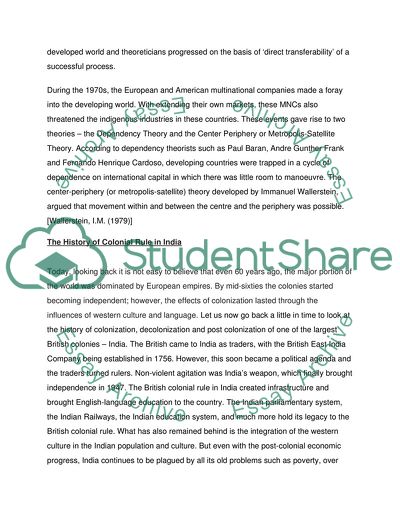Cite this document
(Theories of Development in the Post-Colonial Period Dissertation, n.d.)
Theories of Development in the Post-Colonial Period Dissertation. Retrieved from https://studentshare.org/social-science/1730730-concepts-and-theories-of-development-in-the-post-colonial-period-for-a-specific-country-or-countries
Theories of Development in the Post-Colonial Period Dissertation. Retrieved from https://studentshare.org/social-science/1730730-concepts-and-theories-of-development-in-the-post-colonial-period-for-a-specific-country-or-countries
(Theories of Development in the Post-Colonial Period Dissertation)
Theories of Development in the Post-Colonial Period Dissertation. https://studentshare.org/social-science/1730730-concepts-and-theories-of-development-in-the-post-colonial-period-for-a-specific-country-or-countries.
Theories of Development in the Post-Colonial Period Dissertation. https://studentshare.org/social-science/1730730-concepts-and-theories-of-development-in-the-post-colonial-period-for-a-specific-country-or-countries.
“Theories of Development in the Post-Colonial Period Dissertation”, n.d. https://studentshare.org/social-science/1730730-concepts-and-theories-of-development-in-the-post-colonial-period-for-a-specific-country-or-countries.


